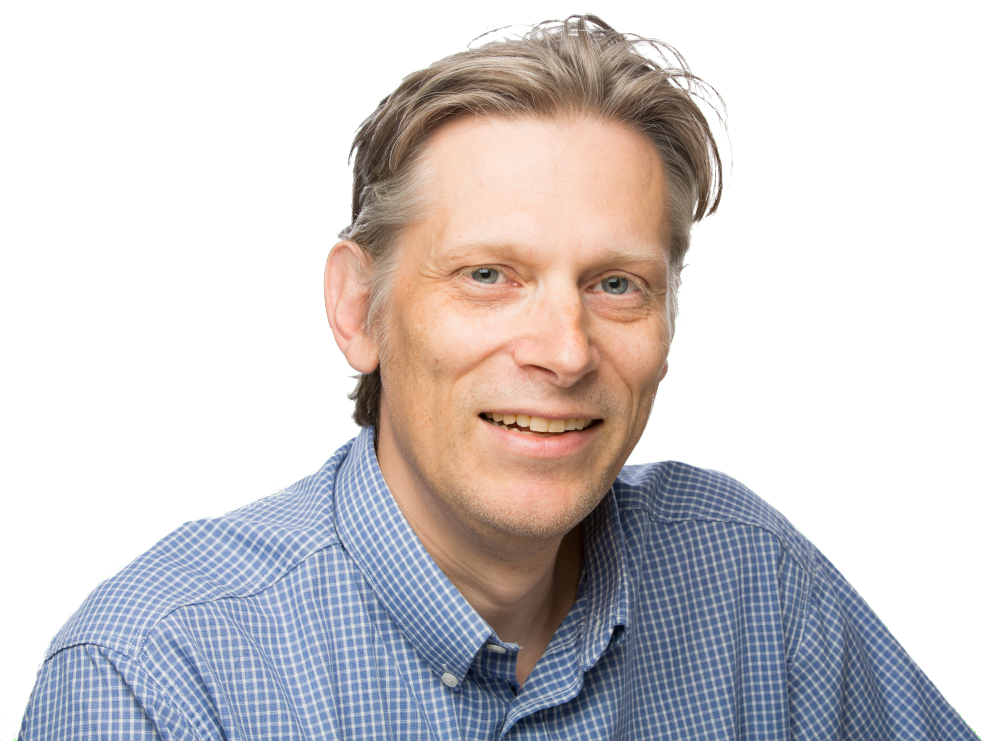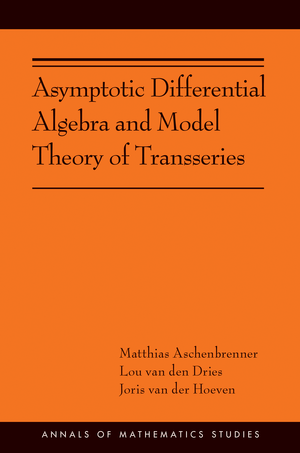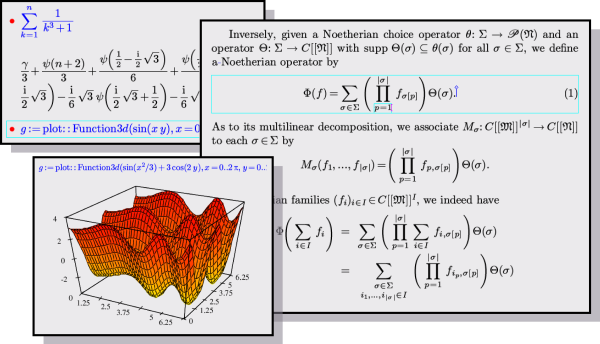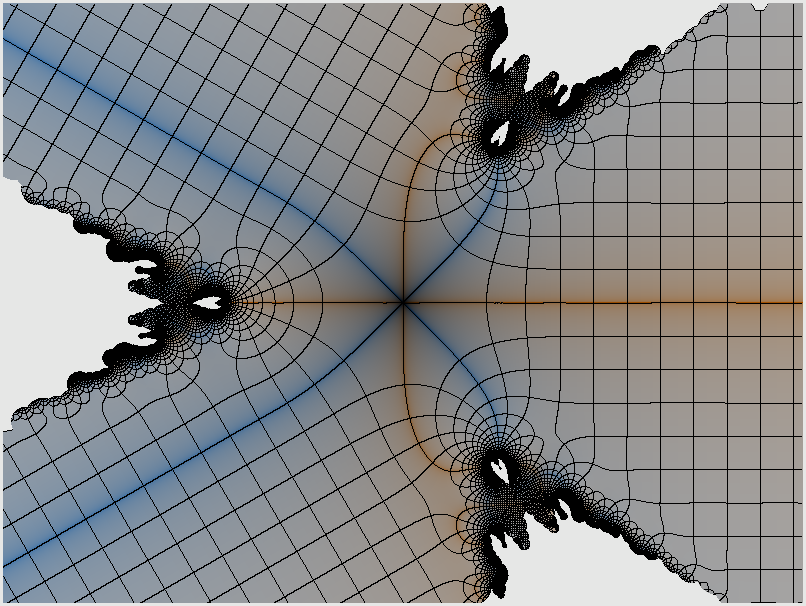My research interests mainly concern the automation of asymptotic
calculus and complex analysis, as well as fast arithmetic. Besides,
I am the main developer of the software systems GNU
TeXmacs and Mathemagix.
My PhD. thesis and the book Transseries
and Real Differential Algebra are devoted to the theory of
transseries. The main results concern the asymptotic resolution of
differential equations, several closure theorems and embedding
theorems into Hardy fields. This work has been further extended in
collaboration with Matthias Aschenbrenner
and Lou van den Dries. Together,
we published the book Asymptotic Differential Algebra and
Model Theory of Transseries, in which we prove a quantifier
elimination theorem for asymptotic differential algebra.
Another main research topic of mine is the automation of complex
analysis and computations with special functions or more general
solutions to differential equations. On the one hand, this leads to
interesting theoretical questions about computability, zero-testing,
singularities, etc. On the other hand, this requires the development
and implementation of fast, certified and numerically stable
algorithms for multi-precision computations.
The development of fast algorithms for basic mathematical operations
has evolved into one of my research topics on its own. In
collaboration with David Harvey
and Grégoire Lecerf, we
improved the best known complexity bounds for integer
multiplication and polynomial multiplication over
finite fields. Continued work with David Harvey
culminated in our O(n log n)
bound for integer multiplication. Many special functions fall
in, or are related to the class of holonomic functions. I
contributed to the development of some particularly efficient
algorithms for such functions.
|






